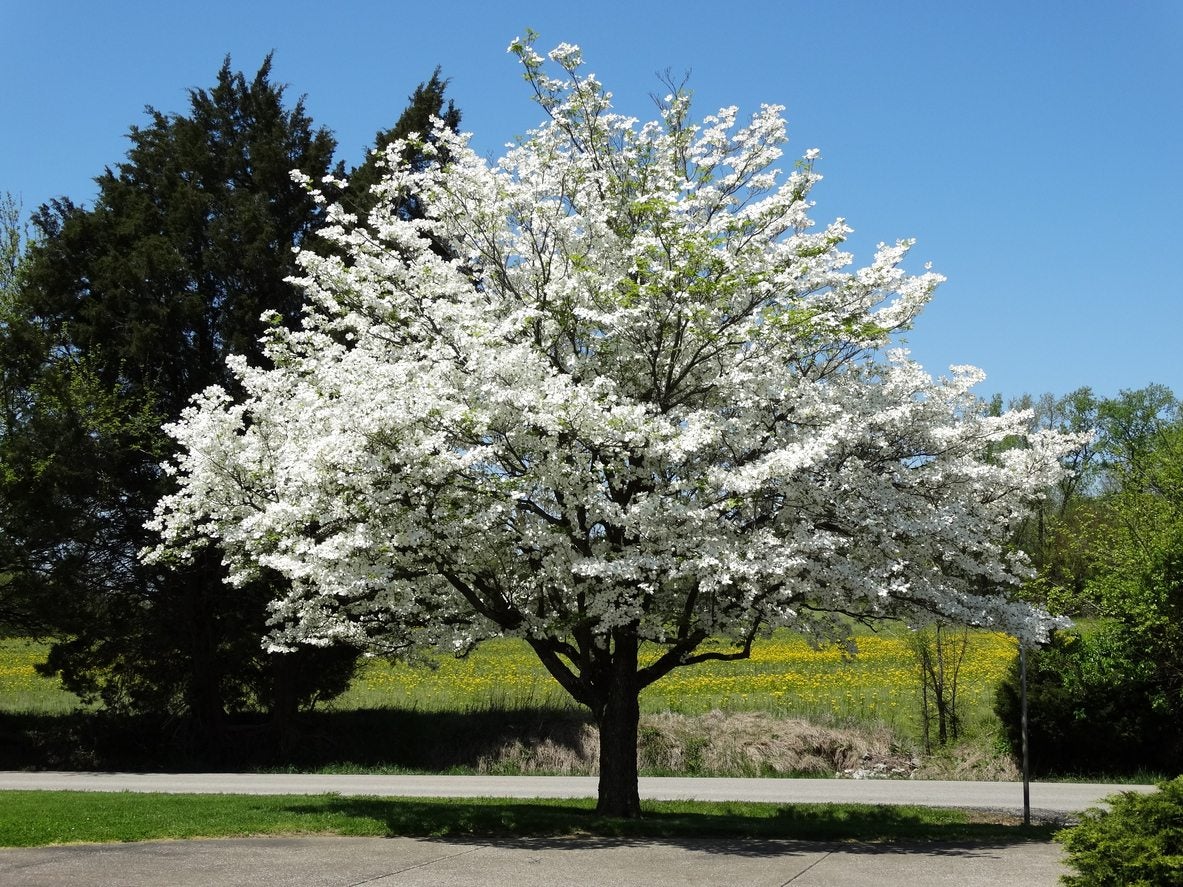When exploring gardens and landscapes, you may come across certain trees that grab your attention and serve as striking focal points These are known as specimen trees – but what exactly makes a tree a specimen?
A specimen tree is not a specific tree species, but rather a tree that is deliberately planted by itself to be a notable feature and centerpiece. Let’s take a closer look at what defines these special trees
What is a Specimen Tree?
A specimen tree is a single tree that is intentionally placed to be a visual highlight or focal point within the landscape or garden. It is selected for its unique, noteworthy qualities that set it apart from other trees nearby.
Specimen trees are chosen because of attributes like
- Striking shape, form, or growth habit
- Interesting or colorful bark
- Large size relative to surroundings
- Abundant flowers, fruit, or foliage
- Rare or unusual species
- Historic significance
By thoughtfully choosing a specimen tree, gardeners can create a living work of art that demands admiration. The specimen becomes a centerpiece that anchors the landscape.
Ideal Qualities in a Specimen Tree
Certain characteristics make a tree well-suited for specimen status. When selecting your star player, look for trees with:
- Ornamental flowers, fruit, or foliage
- Distinctive bark, branching, or form
- Ability to thrive in its environment
- Appropriate mature size for the space
- Pest/disease resistance
- Multi-season interest
- Reliable performance
- Long lifespan
Specimen trees impart beauty during multiple seasons, whether through vibrant spring blooms, summer fruits, fall color, or striking winter silhouettes. The goal is sustained interest and performance.
Best Types of Specimen Trees
Many tree varieties can shine as specimen plants. Some top options include:
- Flowering cherry, crabapple, magnolia, redbud, saucer magnolia
- Trees with ornamental fruits like persimmon, olive, pawpaw
- Weeping trees such as willow, mulberry, and beech
- Birch, maple, and other trees with colorful bark
- Evergreen trees like pine, spruce, hemlock, holly
- Shade trees like oak, elm, maple, linden
- Small flowering trees for yards like dogwood, serviceberry
Choose a tree that thrives in your growing zone and site conditions. Select for ornamental traits that appeal to you.
Using Specimen Trees in Garden Design
Specimen trees serve as anchors and focal points in the landscape. They provide opportunities to highlight a tree’s finest assets.
- Use sweeping trees like willows to frame the view or reflect their form in water features.
- Showcase weeping, columnar, or dwarf trees where their shape can be fully appreciated.
- Plant flowering specimen trees where blooms can be seen up close.
- Feature colorful bark by siting against contrasting plants or structures.
- Spotlight evergreens and their textures among deciduous trees.
Carefully placing your specimen tree allows it to shine. Provide sufficient space so the crown and roots have room to spread. Design gardens and hardscapes to complement the tree.
Caring for Specimen Trees
Specimen trees require some specialized care:
- Allow enough space for the tree to reach its mature size.
- Stake young trees to grow straight and strong.
- Water thoroughly to establish deep roots.
- Mulch to retain moisture and reduce weeds.
- Prune lightly to promote healthy structure.
- Monitor for pests/disease and treat promptly.
Giving your specimen tree attentive early care ensures it fulfills its potential as a glorious garden centerpiece for years to come.
Choosing Your Specimen Tree
Specimen trees instantly elevate gardens with focal impact. Visit reputable nurseries to select your living work of art. Look for healthy structure, vigor, and a tree suited for its site. With artful placement and proper care, your specimen tree will become a treasured feature. Let these outstanding trees take center stage!
A Specimen Tree Study :: Amazing Options to Consider! :: Dig, Plant, Water, Repeat
FAQ
What is a specimen size tree?
What does specimen mean in landscaping?
Is a pine tree a specimen tree?
What is a single specimen tree?
What makes a tree a specimen tree?
Generally, any tree planted singularly as a focus of attention is considered a specimen tree. It could be noteworthy because of its size, species, flower, bark, form, or rarity. It could simply be a common but well-placed tree with beautiful branching. Or perhaps it’s a tree that’s unexpected.
What is a species tree?
Specimen trees are the focal points of any well-designed landscape. These trees, which can vary greatly in size, shape, and appearance, are typically planted individually to add visual interest and seasonal beauty to a garden.
Is a specimen tree a species of tree?
In case you are confused, it’s not a species of tree. Rather, it’s a tree planted by itself as a stand-alone garden feature. Read on for specimen tree information, including the best tips for using a specimen tree in the landscape. What is a Specimen Tree?
What is an example of a specimen tree?
An example of a specimen tree could be a majestic Eastern Redbud (Cercis canadensis) with its enchanting heart-shaped leaves that turn vibrant shades of pink and purple in early spring. White oaks, hackberry trees, magnolias, crape myrtles, and Japanese maple are just a few other examples.
- A Complete Guide to Caring for Yuki Cherry Blossom Shrub - January 23, 2025
- Identifying Red Hot Poker Seeds: What to Look For When Harvesting Torch Lily Pods - January 23, 2025
- A Complete Guide to Harvesting Evening Primrose Seeds - January 23, 2025

